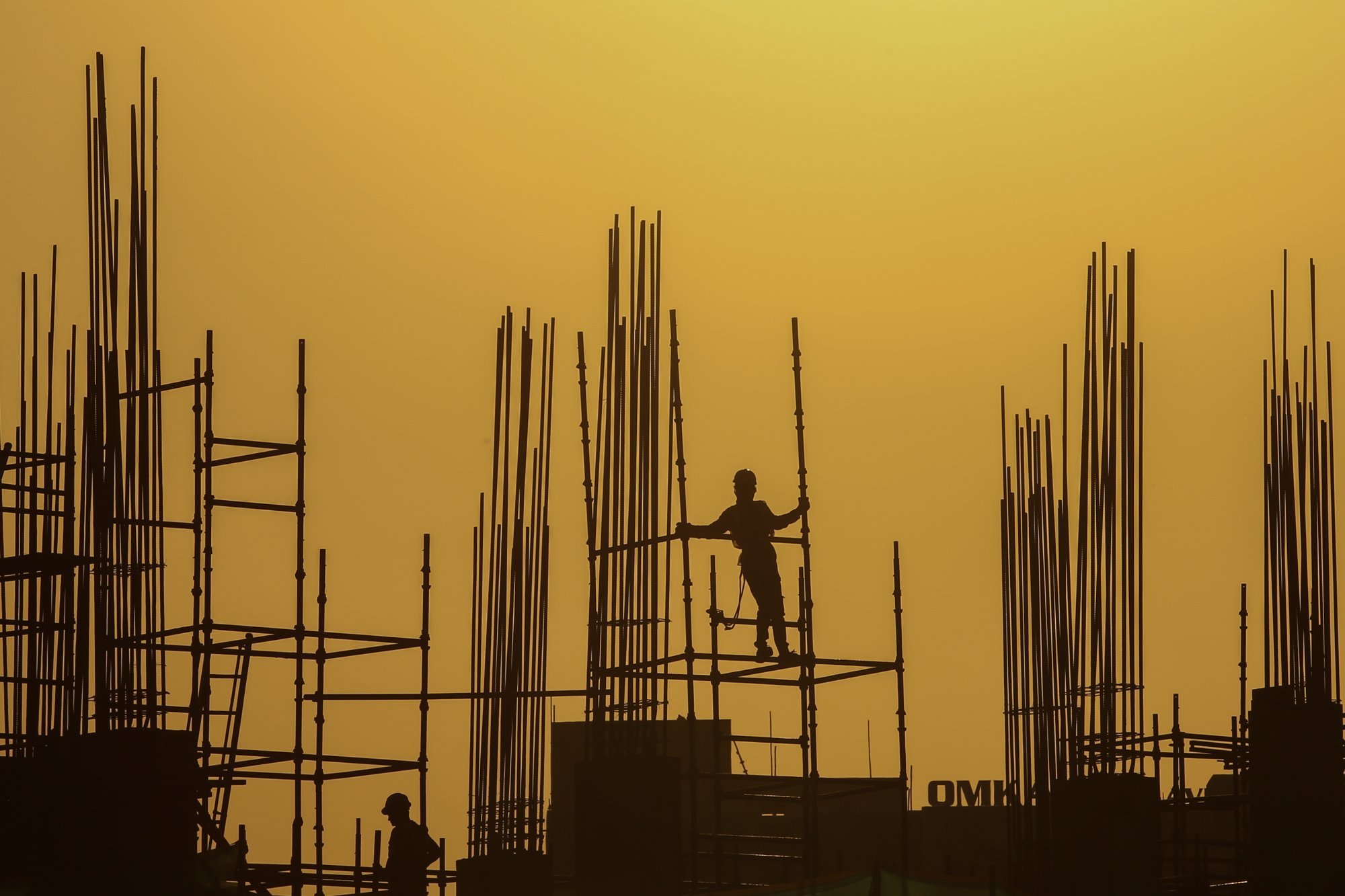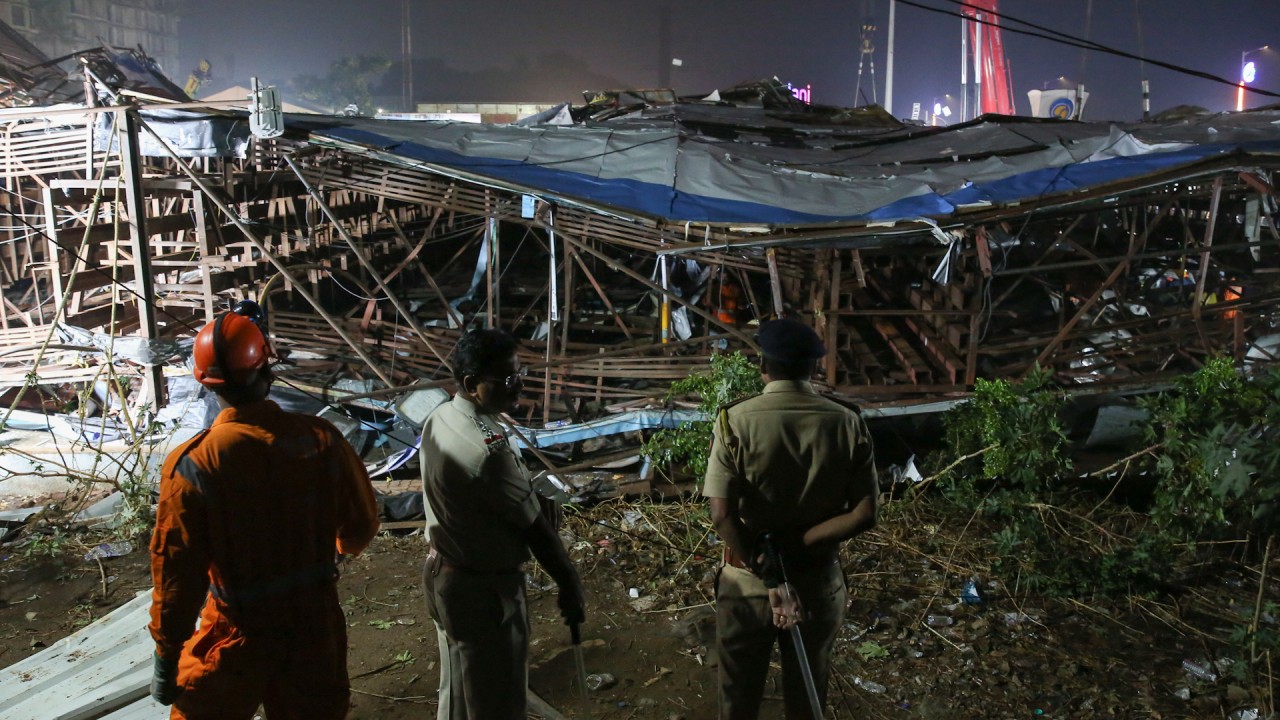Ponds and lakes are drying up as rainfall patterns have become more erratic. India’s tech capital Bengaluru experienced a crippling water shortage in March and April.
In the northern Indian city of Allahabad, schools have continued to open even with the mercury touching 45 degrees.

Several provinces in India are undertaking steps such as early warning systems and heat-mitigating plans for schools.
But the question is whether such measures are being implemented on the ground. Executing plans is not always easy, as it requires resources and innovative solutions.
Heatwaves are projected to come earlier, stay longer, and become more frequent. Consequently, there has been a rise in heat-related deaths, unbearable working conditions and a rampant spread of insect-borne diseases.
Even the timing of India’s election cycles has come under focus, and questions have been raised if the current election should have been held in less severe weather. Ten people reportedly died in the southern Indian state of Kerala last month while waiting in queues to vote due to heat-related stress.
O.P. Rawat, a former Chief Election Commissioner of India, said there was a narrow window to hold the ongoing election, and it could not be held in cooler weather as sufficient time was required to organise state elections.
Climate experts say there are many missing elements in the heat action plans of Indian provinces, as they resemble cut-and-paste jobs rather than being tailored to local environments.
Most plans ignored the threat of humid heat and typically focused on dry heat, according to a report by the Centre for Policy Research released in March last year. They also failed to recognise vulnerable groups such as pregnant women or outdoor workers and were constrained by limited funding and weak regulations, the report added.
There have been more calls to plant trees and expand forested areas, but India’s action plans lack clarity on the type of trees to grow and in which areas. While the building of green facades and rooftops, and rainwater harvesting have been mooted, their implementation will be challenging due to the high density of India’s urban environment.
Nonetheless, India’s policy focus on renewables has been lauded by several international organisations, including the Institute for Energy Economics and Financial Analysis. Its report released this month noted that the proportion of power generated by coal in India fell to below 50 per cent in the January-March quarter, for the first time since the 1960s.

The findings have fuelled hope that India is finally taking comprehensive steps to tackle climate change and heat stress.
While the recent heatwave was not a key focus in election campaigning, India’s ruling Bharatiya Janata Party and the main opposition Congress did not completely ignore environmental issues. The parties have outlined their goals to develop sustainable cities and provide potable water.
With global warming assuming greater urgency for policymakers, India must do its part to tackle climate change before it becomes a political hot potato.


